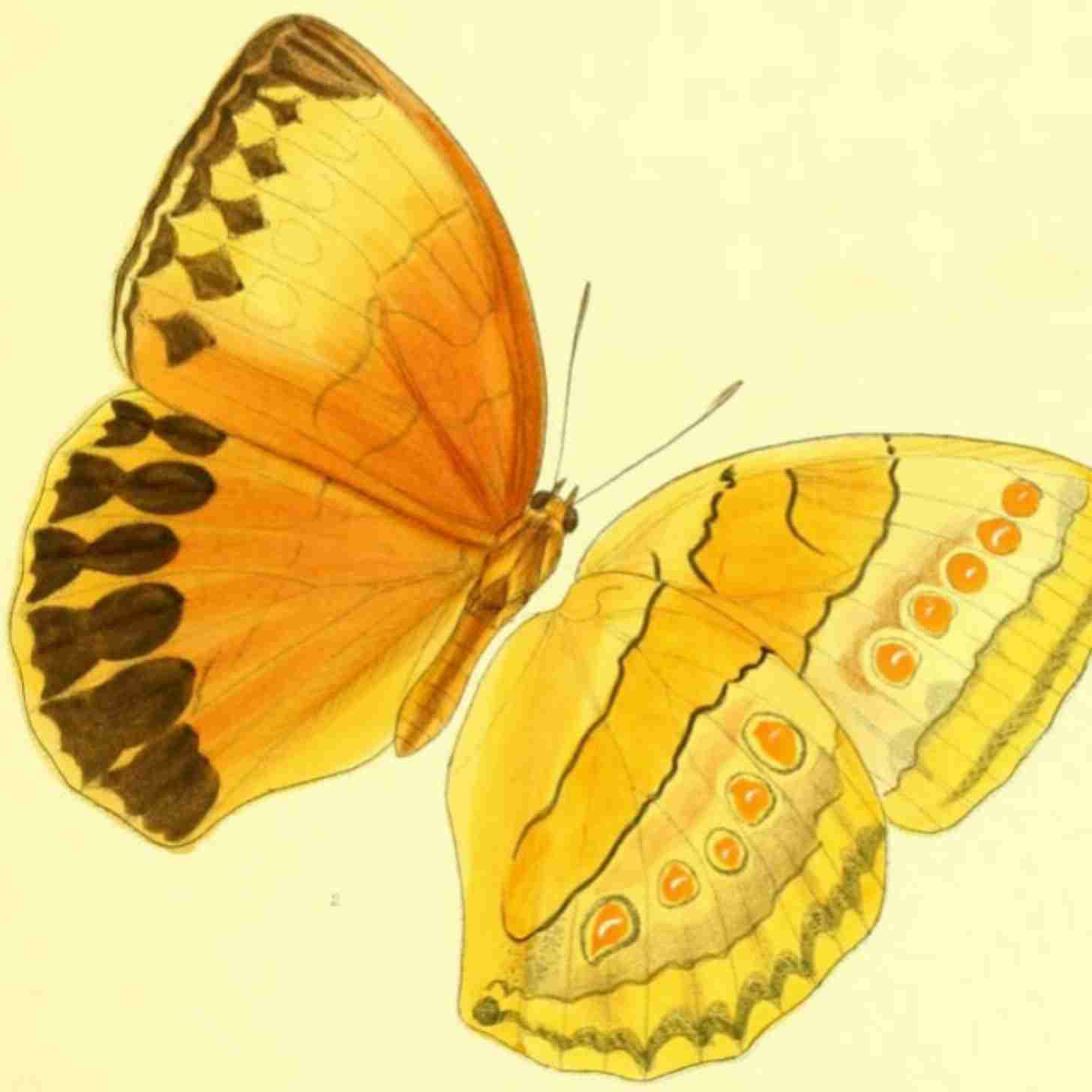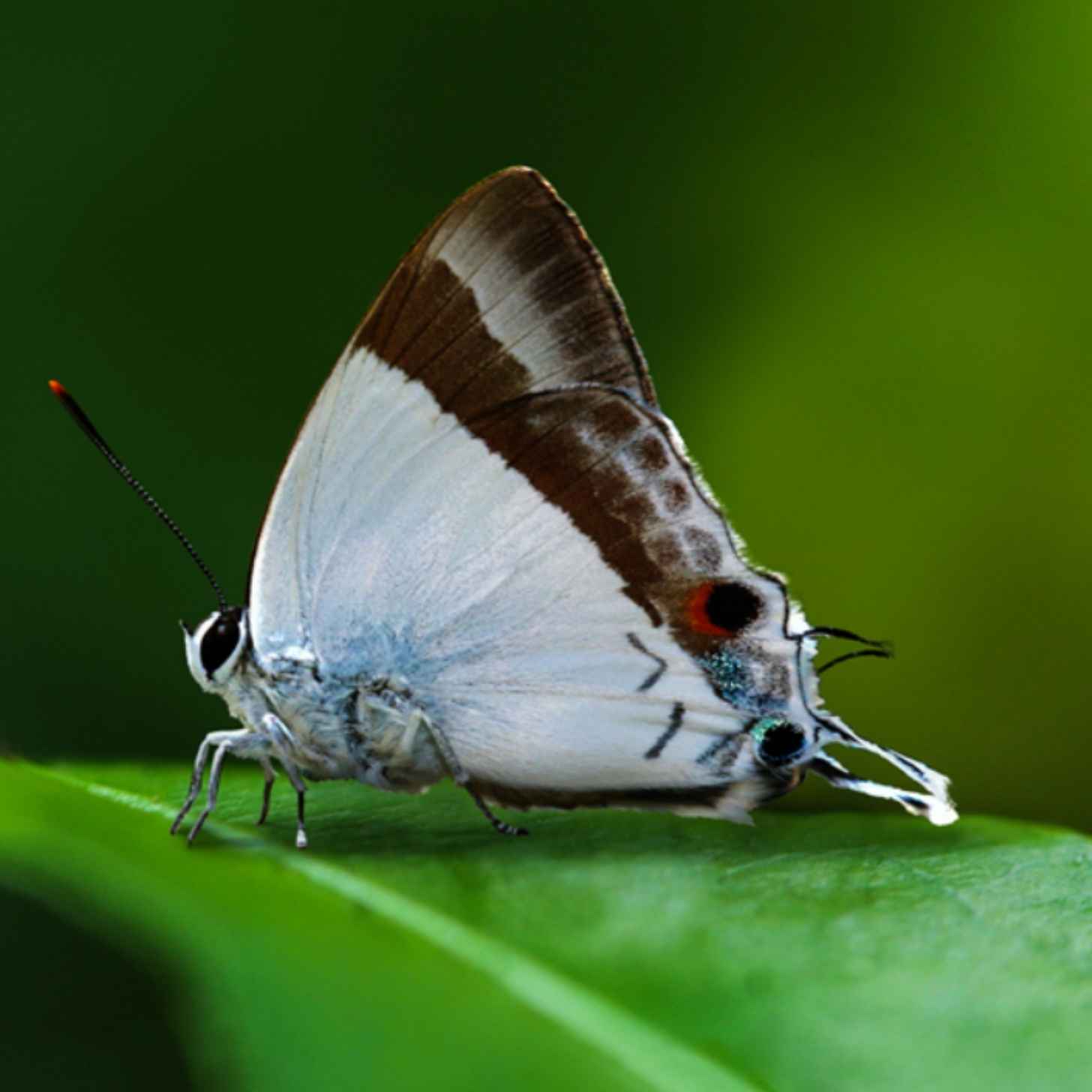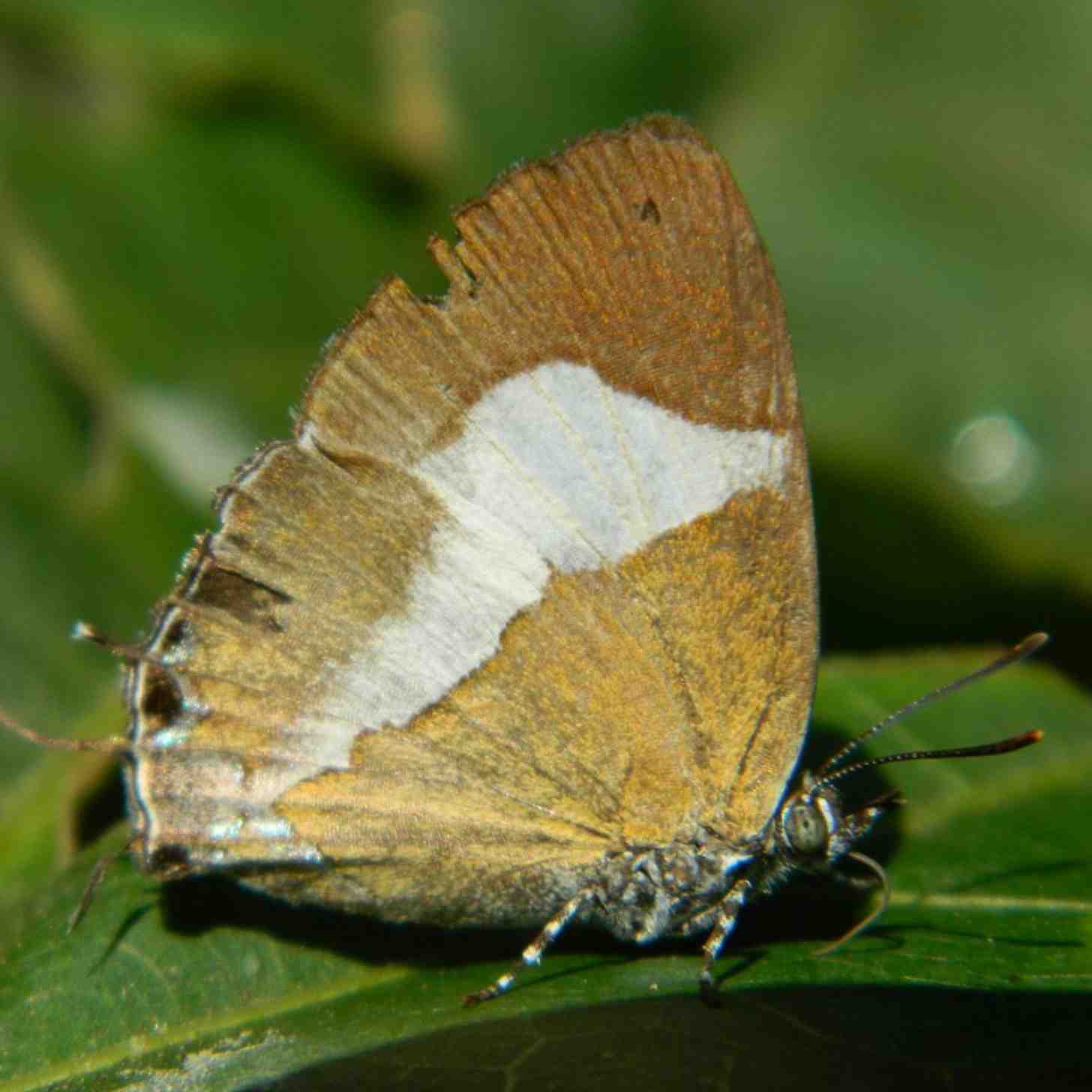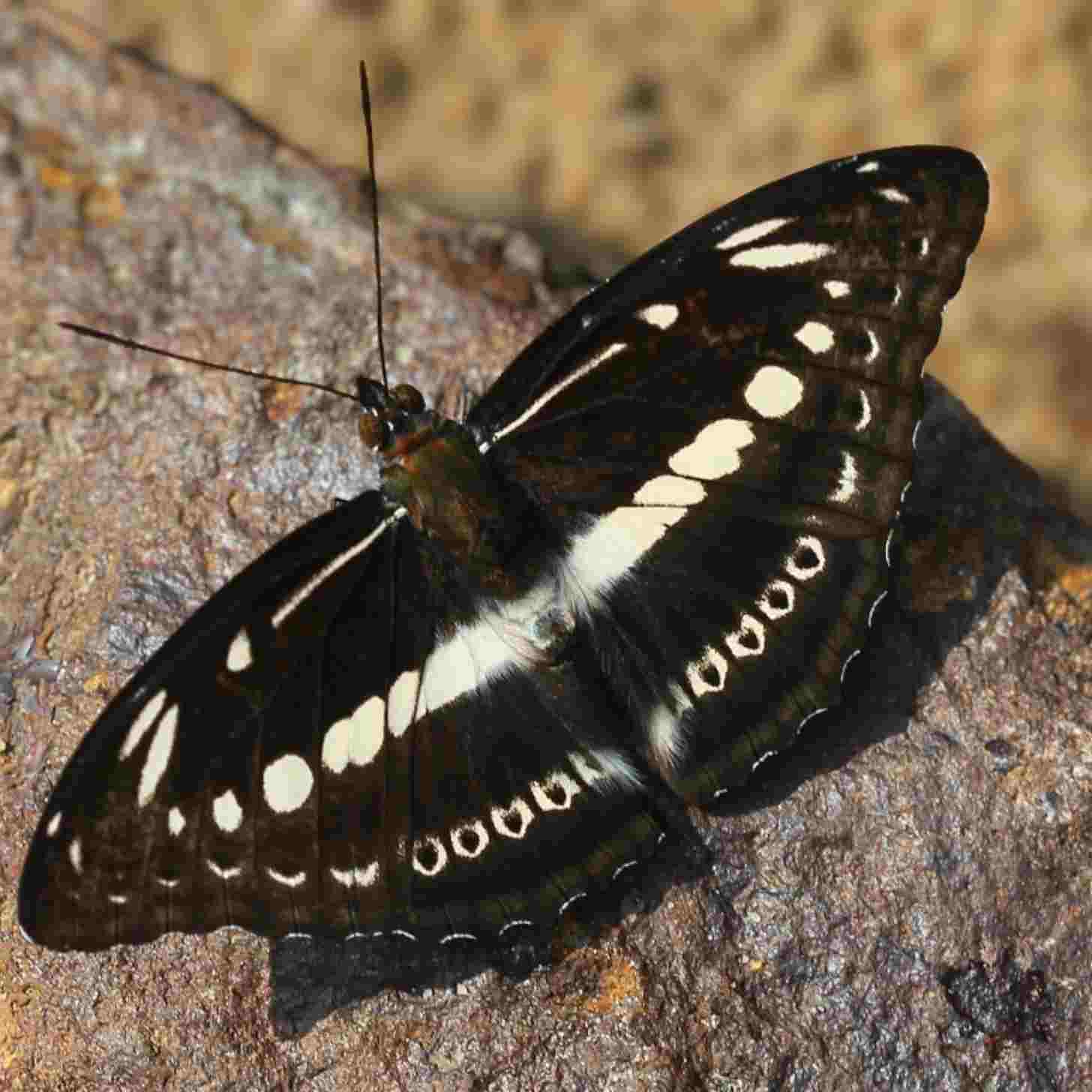In 2024, a team of expert entomologists — Monsoon Jyoti Gogoi, Rajkamal Goswami, Seena Narayanan Karimbumkara, and Agur Litinalso — explored the picturesque hills and misty mountains of Arunachal Pradesh, which is nestled at the foothills of India’s Eastern Himalayas.
Over the course of seven days, the team hiked through the underexplored region in search of butterflies.
In total, the scientists found 90 different species of butterflies. As they laid out their findings, they soon realized that six of them had never been recorded in that region of India before.

“The documentation of six previously unrecorded species within a short one-month survey underscores the striking lack of Lepidopteran surveys and conservation attention in the Indian Eastern Himalayas,” the researchers noted in the latest issue of “Entomon,” a scientific journal that specializes in entomology.
“The Brahmaputra River appears to play a critical biogeographic role, facilitating faunal continuity between southeastern Tibet and eastern Arunachal Pradesh.”
The new additions include Litin Onyx (Horaga takanamii), Tibetan Junglequeen (Stichophthalma neumogeni renqingduojiei), Narrow-banded Royal (Dacalana vui), Tibetan Duke (Euthalia zhaxidunzhui), Tibetan Sergeant (Athyma yui), and Mountain Columbine (Stiboges elodinia).

The Litin Onyx was named in honor of the Litin clan of the Adi community, a major indigenous tribe whose name translates to “hill people.”
For centuries, the Litin clan has protected the forest through traditional conservation practices, which are tied to their religious beliefs that trees and animals are sacred.

Amazingly, the scientists caught a glimpse of one Litin Onyx butterfly laying eggs on its host plant, Symplocos, an ecological phenomenon that is very rare to witness.
Another notable butterfly sighting was the Tibetan Junglequeen, which had only been found in Metok, Tibet, until now.

And it wasn’t just spotted in a fleeting moment — the golden-brown butterfly species was seen quite frequently throughout the expedition.
“[It] was found to be relatively common in Simong Forest, with an average of 20 individuals encountered daily,” the researchers noted.
Monsoon Jyoti Gogoi, the lead author of the study, currently works as a consultant for Ashoka Trust for Research in Ecology and the Environment’s Siang Valley Biodiversity Conservation Program.

But even at a young age, Gogoi was driven by his passion for butterflies.
As a teenager, Gogoi spent five years recording and photographing over 500 butterfly species in Upper Assam, just south of Arunachal Pradesh — many of which were rare or undocumented.

In 2010, he was honored with the Sanctuary Nature Foundation’s Young Naturalist Award for his work on World Wildlife Fund-India’s elephant corridor monitoring project and Jeypore-Dehling Reserved Forest’s butterfly diversity survey.
“Once a species becomes extinct or a forest is lost, it will not come back,” Gogoi said. “Now is when we must work to protect all things small and wonderful.”
You may also like: New butterfly species wows scientists: 'This discovery reveals a lineage shaped by 40,000 years of evolutionary solitude'
Header image via Vyacheslav Argenberg / Wikimedia Commons (CC BY 4.0)



